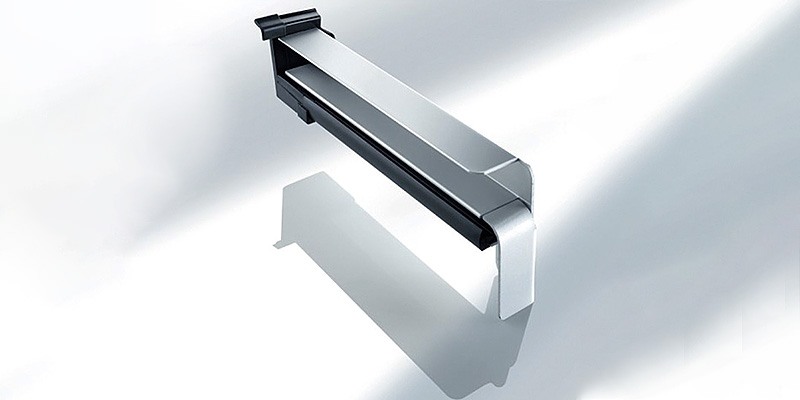Window boards are traditionally fabricated from the same materials used for manufacturing windows. Timber, in particular, has proven to be an effective material for sills, as it provides traditional aesthetics to any home's facade while creating a welcoming ambiance on the inside. However, the main downside to using timber sills has always been their price. The MDF window board provides a solution to this problem. It offers the high-class aesthetics of solid wood at a price significantly lower than that of timber.
The Benefits of Medium-Density Fibreboard
MDF is an engineered wood, in contrast to solid soft- or hardwood boards. This means that it is made of homogenous wood fibres that are combined with multiple layers of a melamine resin binder material. Its name derives from the fact that its density is lower than that of hardwood, but significantly higher than that of plywood and chipboard. Medium-density fibreboard has become a very popular material for window board construction, thanks to its numerous advantages:
- Very consistent in its physical properties
- More affordable than solid timber
- Does not expand due to heating
- Easily shaped and cut to size
- Robust and very stable
- Smooth surfaces
When looking at these properties, it should come as no surprise that the engineered material is commonly used for window board manufacture, particularly for interior sills. Outwardly, it looks almost identical to solid timber and the construction of it allows even laypersons using simple tools to cut it into various shapes and sizes easily.


